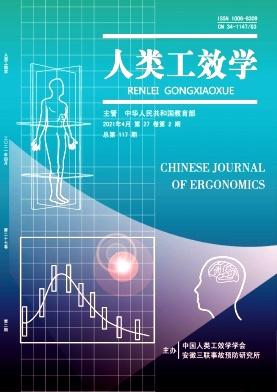Regression models for predicting anthropometric measurements of students needed for ergonomics school furniture design
引用次数: 1
Abstract
This paper deals with the development of models that make use of some easy-to-measure anthropometric dimensions to predict difficult-to-measure dimensions required for ergonomic design of school furniture. A total of 143 students aged between 16 and 18 years from eight public secondary schools in Ogbomoso, Nigeria participated in the study. In a bid to avoid model complexity, a brute-force search implemented in Adaptive Neuro-Fuzzy Inference System (ANFIS) was employed to select the two most influential of the five input measurements. This search was separately conducted for each of the output measurements. Regression models were developed from the collected anthropometric data. Also, the predictive performance of these models was examined using ANOVA. The best models are the ones with no/non-significant lack of fit and highest coefficient of determinations. Nine out of the 12 developed models exhibit nonlinear relationship. The ANOVA results show that the models satisfactorily predict the difficult-to-measure dimensions from the easily measured ones.回归模型预测人体工程学学校家具设计所需的学生的人体测量
本文讨论了利用一些易于测量的人体尺寸来预测学校家具人体工程学设计中难以测量的尺寸的模型的开发。共有来自尼日利亚Ogbomoso的8所公立中学的143名16至18岁的学生参加了这项研究。为了避免模型的复杂性,在自适应神经模糊推理系统(ANFIS)中实现了一种暴力搜索,以选择五个输入测量中影响最大的两个。这个搜索是针对每个输出测量分别进行的。根据收集的人体测量数据建立回归模型。此外,这些模型的预测性能使用方差分析进行检验。最好的模型是那些没有或不显著的拟合缺乏和最高的确定系数。12个模型中有9个模型呈现非线性关系。方差分析结果表明,该模型能较好地预测难以测量的维度和容易测量的维度。
本文章由计算机程序翻译,如有差异,请以英文原文为准。
求助全文
约1分钟内获得全文
求助全文

 求助内容:
求助内容: 应助结果提醒方式:
应助结果提醒方式:


